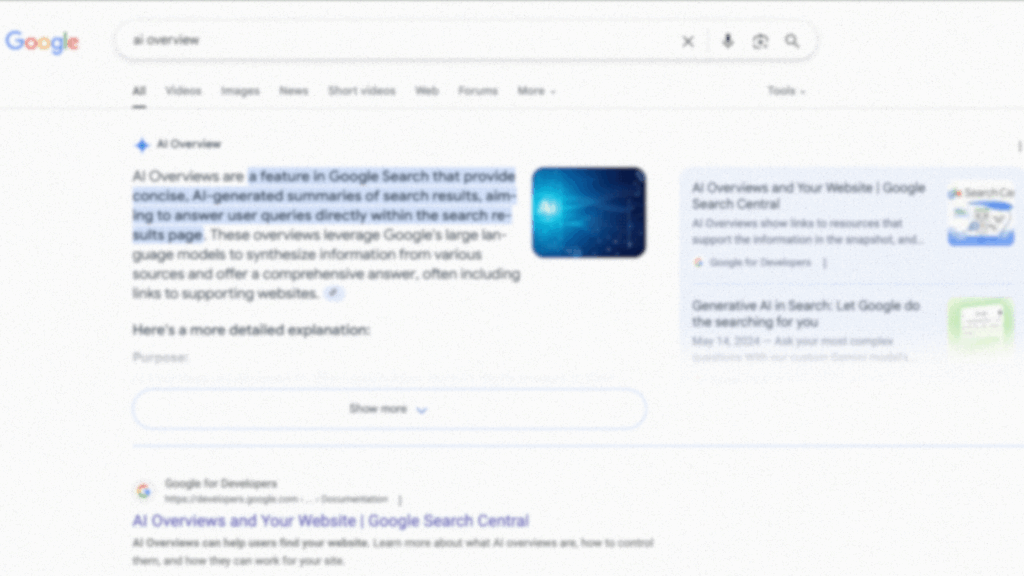

In the age of digital transformation, brands are exploring new avenues to reach their audience. But while the digital world offers vast opportunities, the power of offline marketing remains undeniable. So, how can brands create a seamless experience by integrating both? Let’s dive in.
Before we explore the how, let’s understand the why. The modern consumer doesn’t limit themselves to a single touchpoint. They might discover a brand through an Instagram ad, research it online, then experience it in a physical store. By integrating online and offline marketing, brands ensure a consistent message and experience across all touchpoints.
While the integration of offline and online marketing promises an enriched customer experience, it’s not without its challenges. Here are a few tips to overcome them:
The line between online and offline worlds is blurring. Consumers no longer see them as separate entities but expect a consistent brand experience across all touchpoints. By effectively integrating offline and online marketing, brands can not only meet but exceed these expectations, leading to deeper engagements, increased loyalty, and, ultimately, higher sales. So, as you draft your next marketing strategy, remember: it’s not digital versus traditional; it’s digital with traditional.